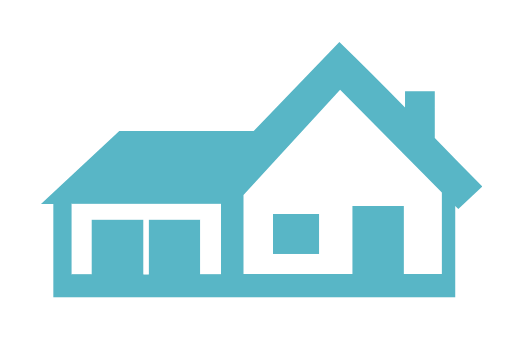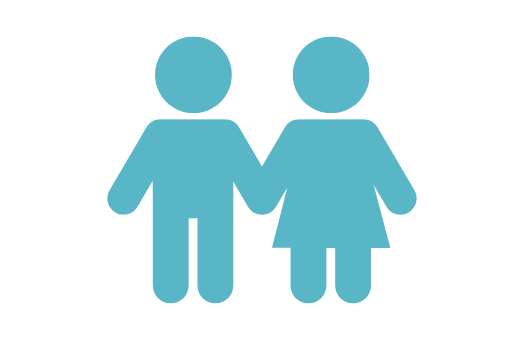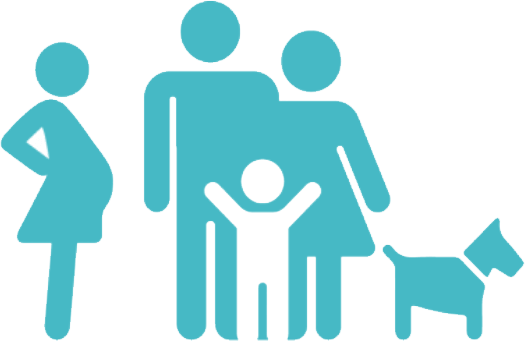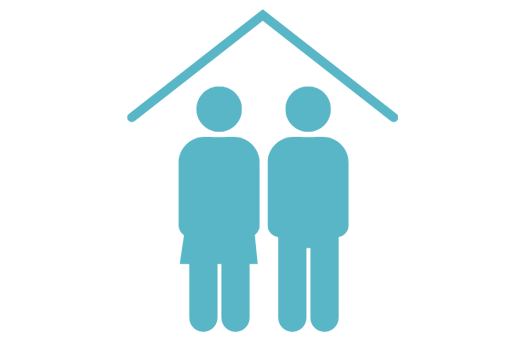Collective achievements
Housing First Auckland knows that taking a data and evidence-based approach is crucial to making the systems changes needed to end homelessness.
We started reporting our results when we formed as a Collective at the end of March 2017.
Here’s how we’re doing
March 2017 – May 2025

0 Whānau housed

0 Children housed

0 People supported

0% People remain housed after six months
Download our recent results here.